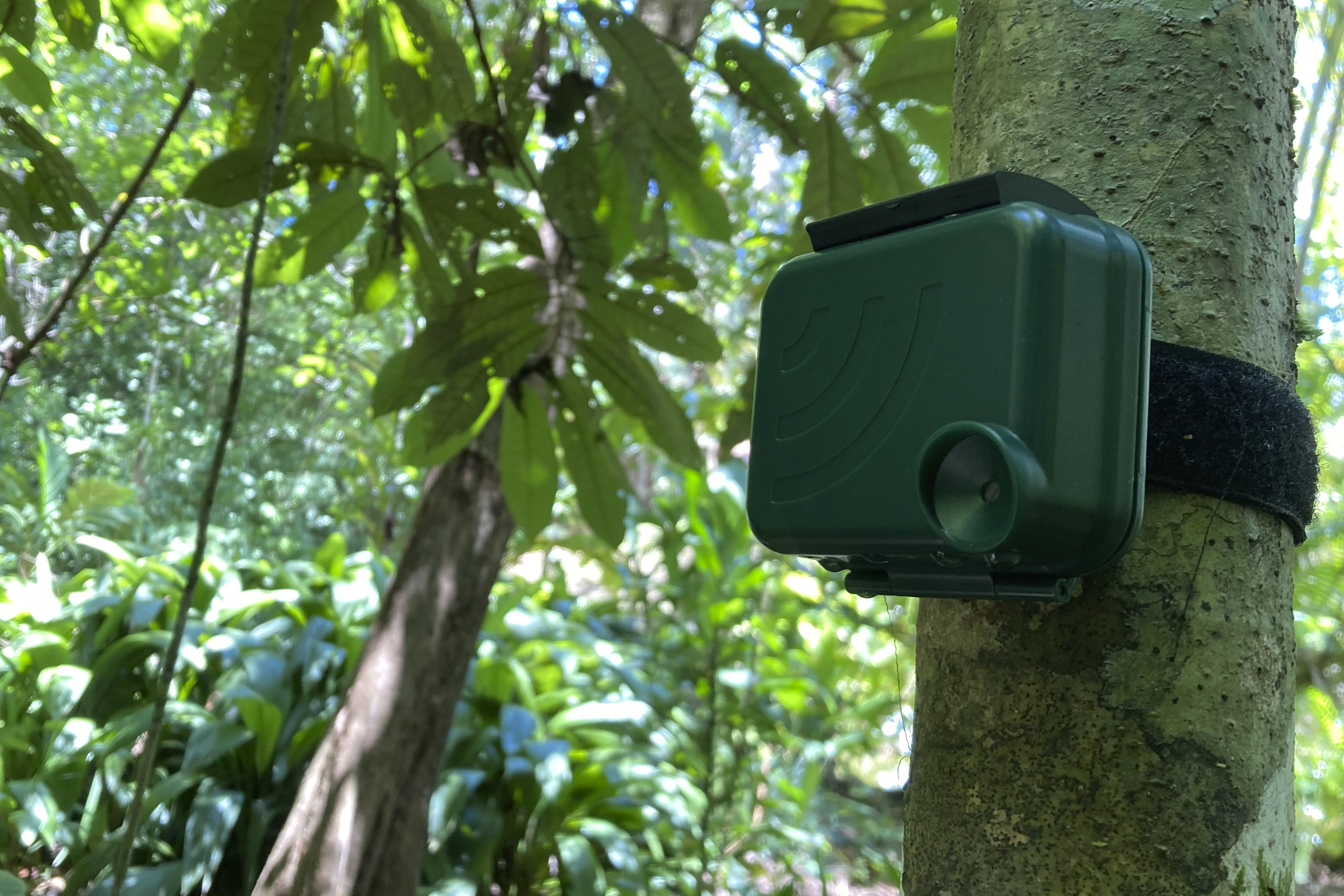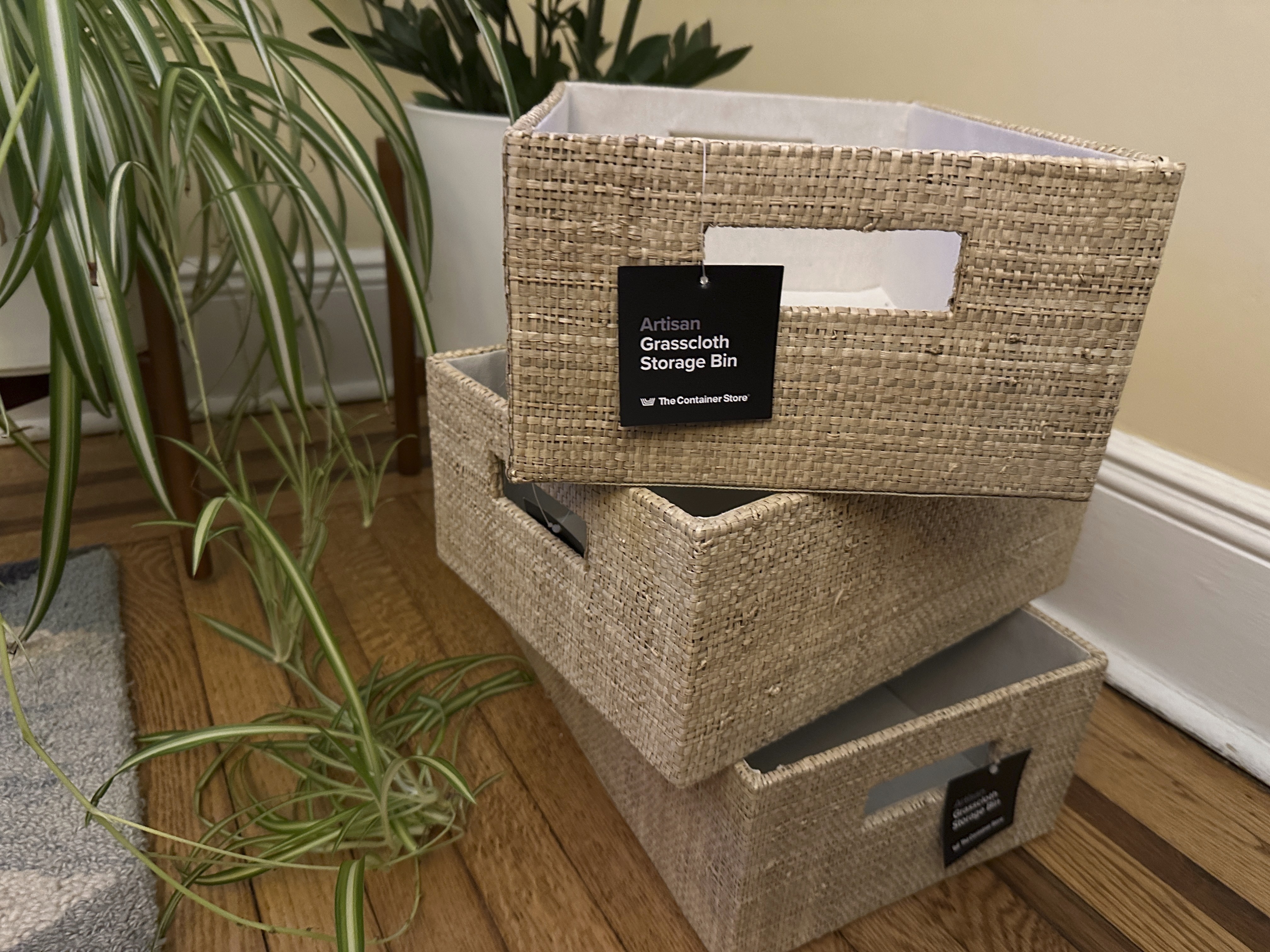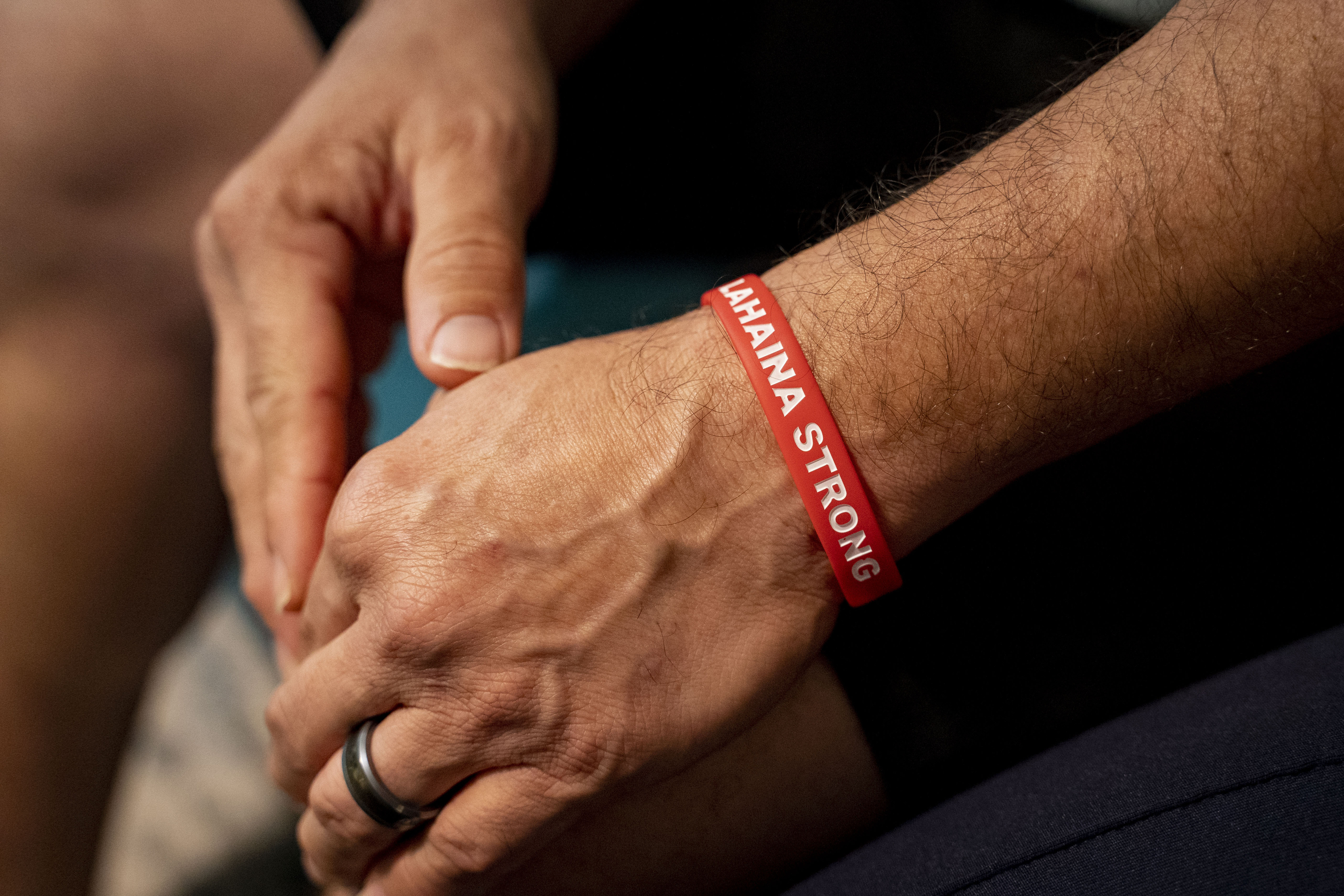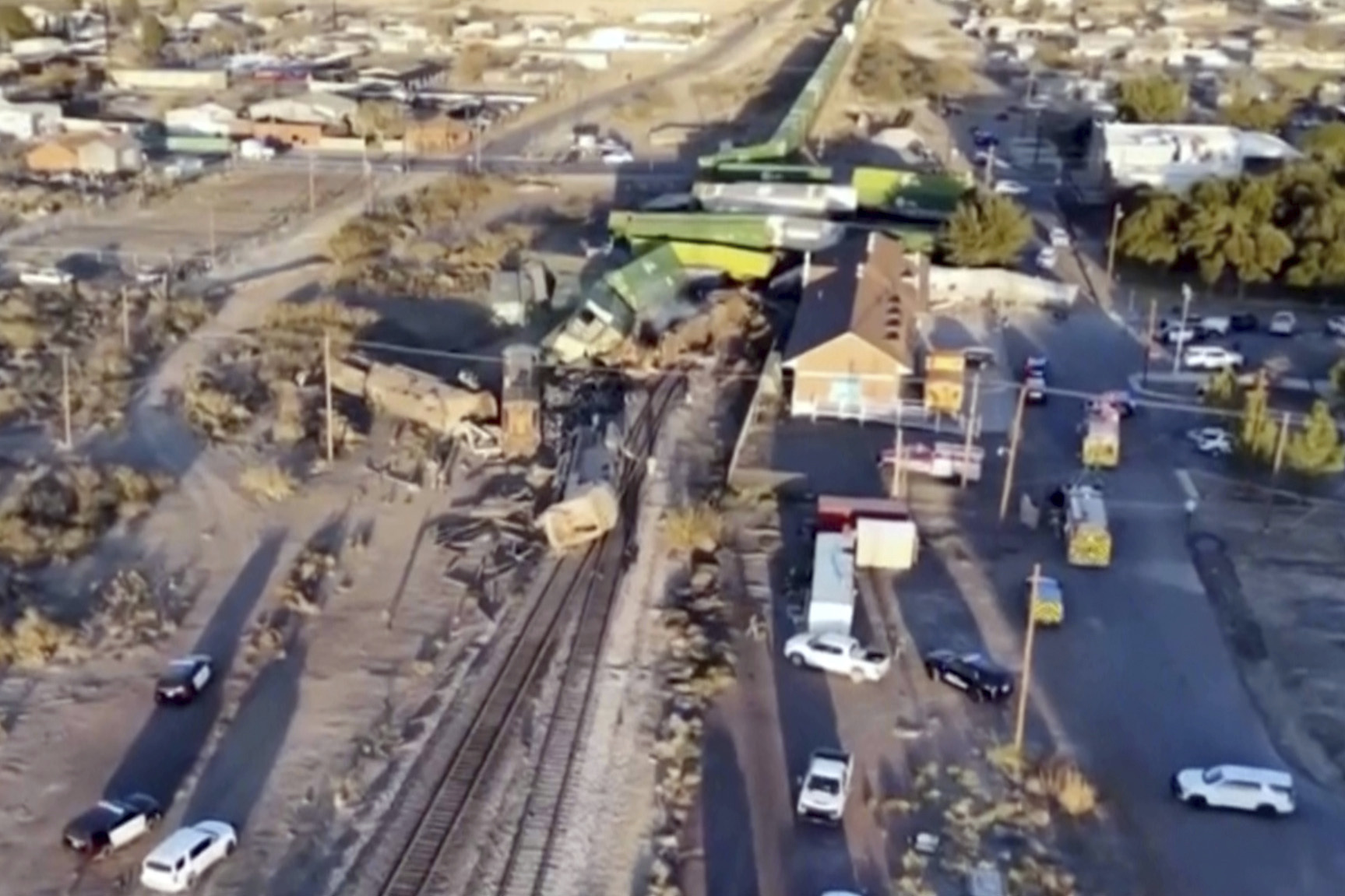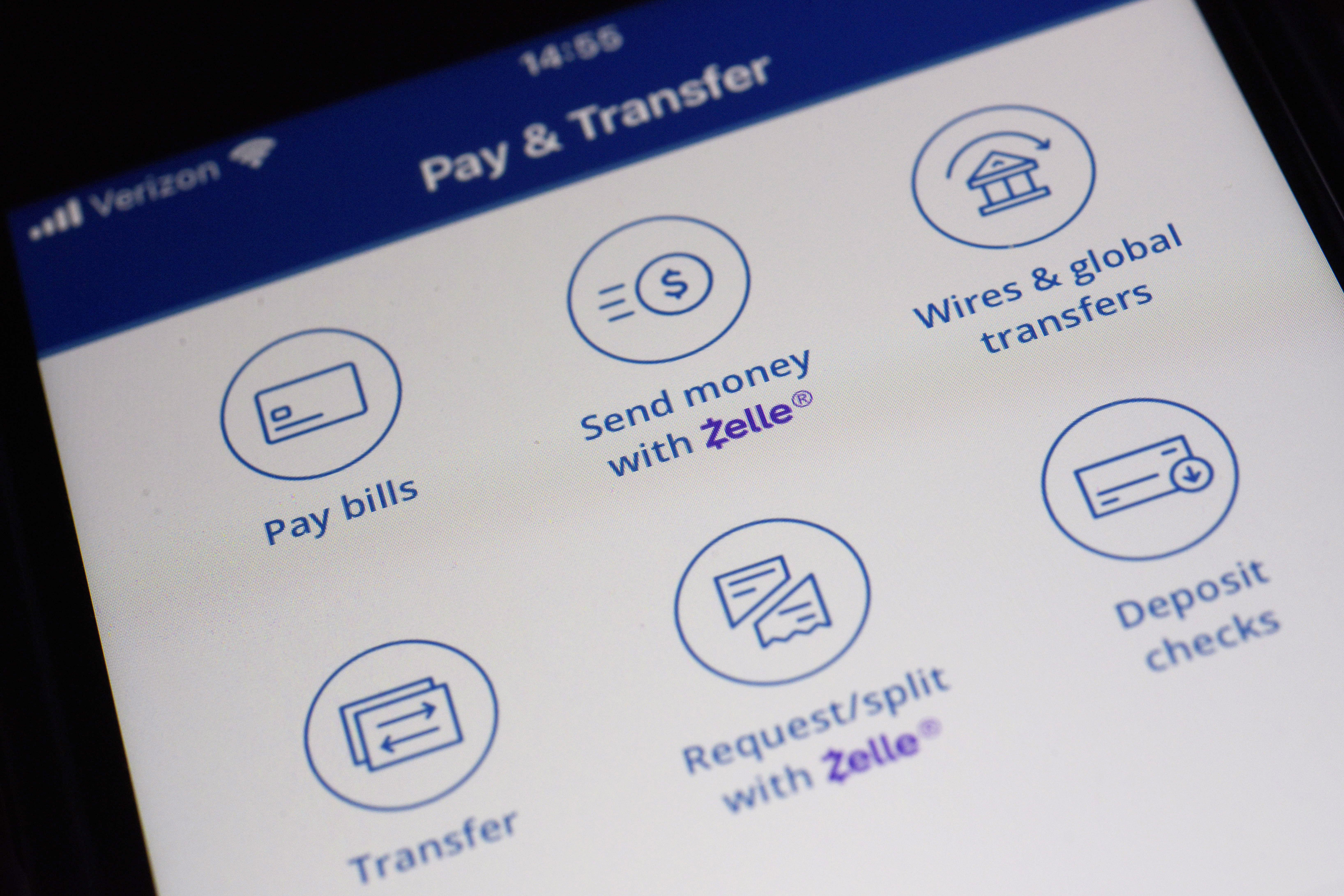HAMPTON, Va. (WAVY) — If you want to send a rocket into space to orbit the Earth, you need a lot of fuel to get that done quickly and safely. If you want to go to the Moon, Mars or beyond, you will need even more fuel.
But what if you could get there just by using the solar wind?
That’s what scientists are doing here at NASA Langley with an upcoming mission that will launch next week from New Zealand.
Inside this faculty at NASA Langley Research Center, they are showing off the Advanced
Composite Solar Sail System, otherwise known as ACS3. How it works is by using sunlight and, more specifically, the photons that are released and that pushes the sail.
“So out in space, right outside the earth, extremes will feel about the push from light equivalent to four staples,” said Dr. Matt Chamberlain of NASA Langley’s structural dynamics branch. “So you think about four staples in your hand. That’s the amount of push that you will feel from light bouncing off of a sail. But that’s enough out in low-Earth orbit where you don’t have as much gravity, you don’t have as much drag. That’s enough push to get us going, hopefully have enough force to raise our orbit, lower our orbit.”
The primary goal with this mission is to test the deployable arms, also called booms, that hold the sail in place. During liftoff, the spacecraft needs to be small and compact, so all of the sails and booms are rolled up. Once the spacecraft is in Earth’s orbit, it only takes 25 minutes to expand to its full size.
“When this is fully deployed, it’s 860 square feet,” said NASA Langley ACS3 Lead Greg Dean, “so it’s about the size of an apartment out of a small microwave. And what that allows us to do is enable cheaper missions.”
The sail material is very light, thin and delicate — it looks similar to aluminum foil, which you might have in your kitchen. The difference? The foil is six times thicker than the sail.
“It’s a lot of people here at NASA’s Langley,” Chamberlain said, “and NASA Ames [Research Center] have put in many, many years of their lives into this. So it’s extremely exciting. And I’m really excited for what this could demonstrate for the future. So we look at this, if it’s successful, as a stepping stone to future solar sail missions and other science beyond that.”




